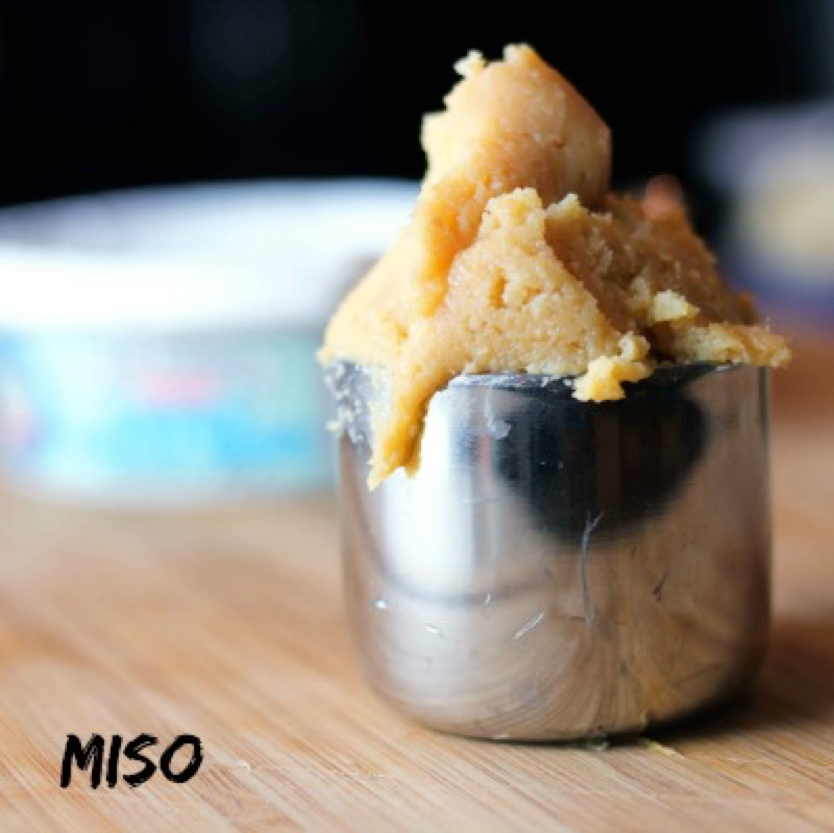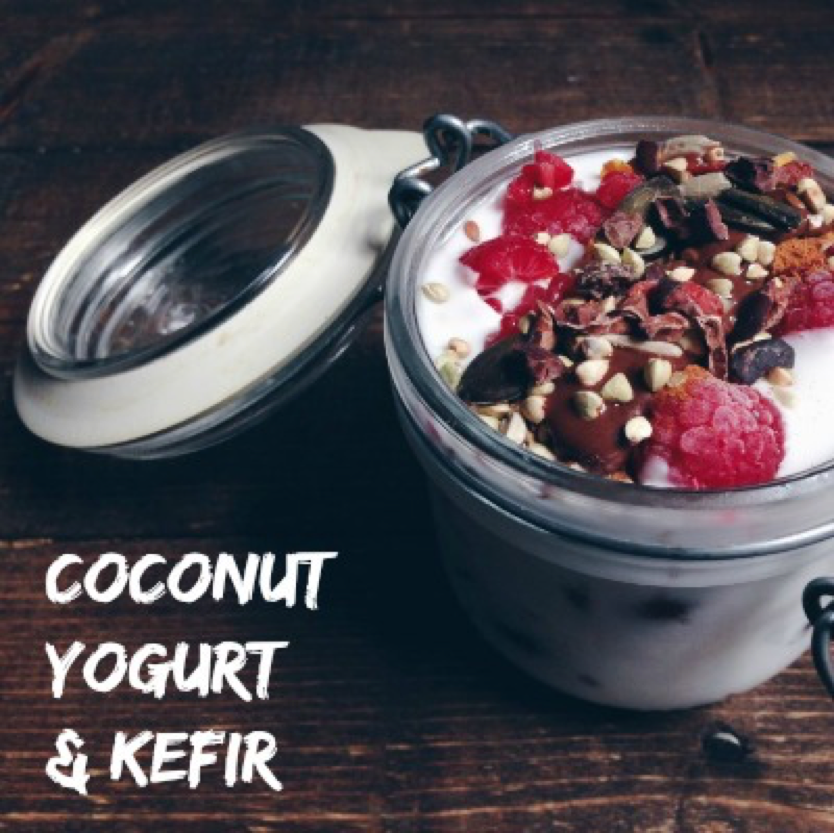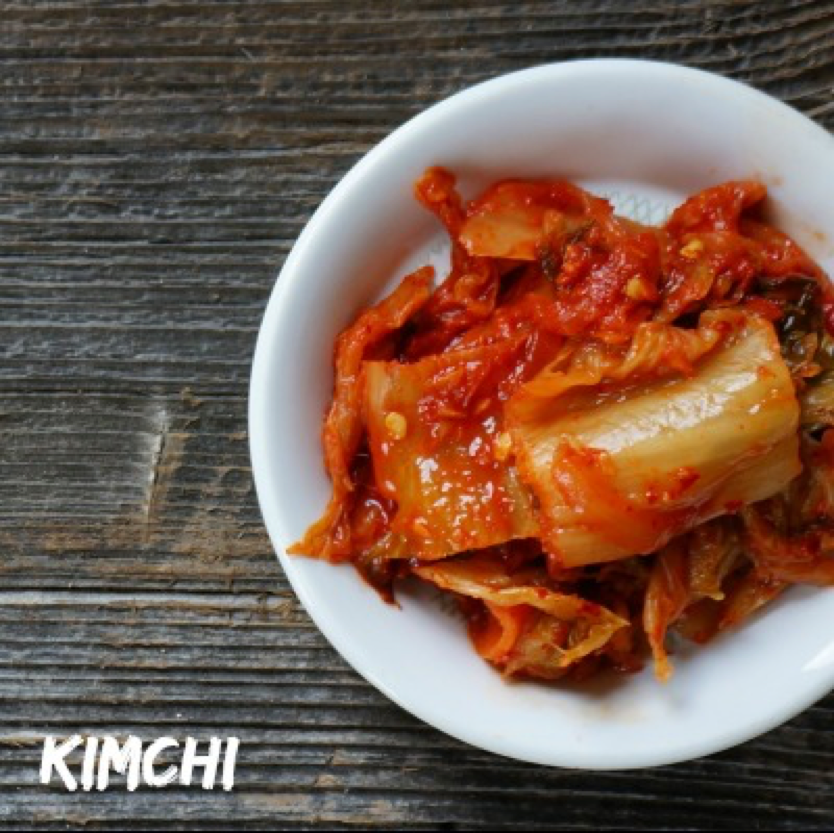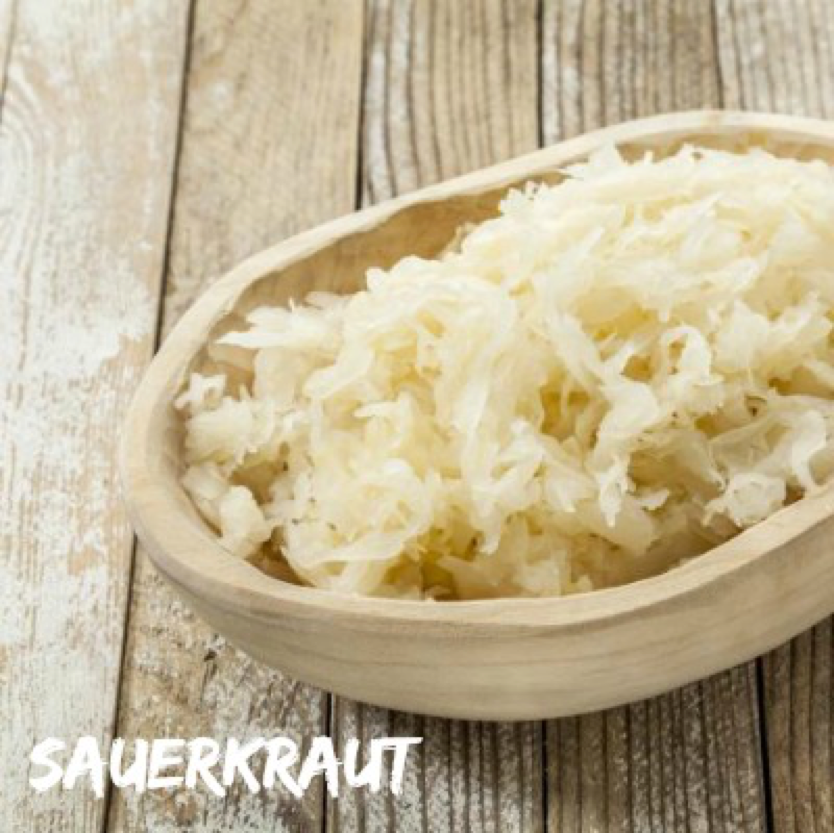It seems as if every week we’re bombarded with a new food fad or diet trend that’s being heralded as ‘the next best thing’ to happen to the health and wellness industry. One such culinary cult following that has (re)gained traction in recent years is that of fermented foods. But don’t write this off as just another foodie blog buzzword. These nutritional powerhouses have some serious benefits, and a far-reaching history. For centuries, cultures around the world without access to modern medicine and refrigeration have used fermentation as a simple means of food preservation and an integral way to keep people healthy. Now, it’s your turn to see what the buzz is all about.
THE BENEFITS
For starters, fermented food are brimming with beneficial bacteria, enzymes, vitamins, and probiotics—pretty much all the things we want floating around inside of us. Yep, that’s right. Bacteria in our body can be a good thing! There are countless reasons why you should be adding more fermented foods to your diet, but in the interest of time we’ll highlight our top eleven:
- Full of probiotics (beneficial bacteria)
- Removes toxins from the body
- Promotes clear skin
- Strengthens the immune system
- Reduces gas, bloating, & symptoms associated with IBS
- Improves digestion and gut health
- Helps the body absorb nutrients
- Alleviates inflammation
- Increases stamina and energy levels
- Balances hormones
- They taste delicious!
THE FOODS
Convinced yet? We thought so. Now, let’s get to the good stuff—incorporating fermented foods into your diet. Although many of the benefits can be achieved through supplements, there are plenty of delicious fermented foods out there to make for a healthy, nutritious, and satisfying meal. Here are just a few examples of ways to get a taste of that fermented goodness.
What it is: A common Korean food, kimchi is a reddish fermented cabbage, radish or cucumber typically made with a mix of garlic, salt and spices. Research is still emerging about its cancer reducing properties, but we can confirm that this dish is a great source of fiber and vitamins C, E and K.
How to eat it: You can do a lot with this one. It really just depends what you’re in the mood for. Since kimchi is of Asian origin, many of the dishes revolve around this cuisine, like kimchi salad, kimchi soup, dumplings, spring rolls, and veggie rice wraps, to name a few. But if you’re willing to think outside the box, there are plenty of non-Asian dishes that use kimchi—we’ve seen some great recipes that even add them to quesadillas!

What it is: It’s got a funny name and a serious amount of health benefits. A fermented drink, Kombucha is made with tea, sugar, bacteria and yeast. The thought of drinking yeast may sound suspect, but in reality the effervescent beverage is a sweet, delicious and refreshing treat, chock full of antioxidants, vitamin B, probiotics and glucaric acid.
How to eat it: Kombucha has come onto the market pretty strong in recent years, and there are a number of brands available to try at your local grocery store, including GT’s, Health-Ade, and Reed’s. If you’re feeling DIY (and looking to save money on retail prices), you could always brew your own large batch—just know that the fermentation process may take up to a few weeks. If you’re willing to wait, there are plenty of flavored recipes available online such as elderberry, lemon ginger, grapefruit and chia seed.
What it is: Similar to kimchi, sauerkraut is a slightly sour fermented cabbage that originated in Germany. Sauerkraut is a great source of vitamin C, B and K, is packed with beneficial probiotic bacteria, and contains compounds thought to have cancer-fighting properties. If buying in store, make sure to purchase an un-pasteurized brand (found in the refrigerated aisle). Pasteurization kills all the good bacteria that make this such a beneficial dish.
How to eat it: You’ve probably seen sauerkraut as a topping for ball park hot dogs, which are definitely delicious in their own right, but for a healthier option add your freshly fermented sauerkraut to a black bean burger or a grilled chicken sandwich for an extra burst of flavor.

What it is: Miso is a fermented soybean paste that originated in Japan. The paste is most commonly made from soybeans, but it can also be a byproduct of rice, barley or wheat by adding yeast. Miso is high in protein, B12, zinc and trace minerals. Indigenous cultures have traditionally used miso as a healing tonic for improved digestion and immunity to illnesses.
How to eat it: If you’ve been to any Japanese restaurant you’ve most likely seen miso soup on the appetizer menu. The broth is a great source of the nutritional benefits associated with fermented food, but miso isn’t limited to just soup. It can also add instant flavor to sauces, marinades, salad dressings, hummus and dips. Try a miso glazed salmon or a vegetarian ragout using miso in lieu of a meaty Bolognese.

What it is: The name is pretty self-explanatory, and you might have even tried these already without realizing the health benefits these pack. This form of fermented food is rich in vitamins, enzymes and good bacteria. If you don’t plan on making your own, watch out for varieties containing high sodium levels and preservatives when purchasing in store. The key is to find refrigerated options that have been lacto-fermented—they may look and taste the same as the vinegar soaked kind you’re familiar with, but lack the important health properties.
How to eat it: With fermented veggies, the options to incorporate this into your meals are almost endless. One suggestion would be adding fermented beets to some homemade pollo asado street tacos (instead of the typical raw cabbage) or as a topper on a salad for a more dynamic dish. As for pickles, you can slice these up and use them on a quinoa burger or eat them plain. It’s totally up to you how adventurous you want to be.

What it is: Since coconut yogurt is made without dairy, it’s much easier to digest than your average cup of Yoplait. In addition to its high probiotic content, coconut is anti-viral, anti-fungal, anti-bacterial (the bad kind), and full of electrolytes, calcium, potassium, and magnesium. That’s a lot of goodness packed into one little dish! Another option, kefir, is a fermented milk drink that some liken to a drinkable yogurt and which is full of calcium and probiotics.
How to eat it: This one is pretty simple. Just replace your traditional yogurt with the fermented coconut option and add whatever toppings tickle your fancy. In season fruits and berries or an organic granola are always a good way to go.
Happy fermenting!
Want more health hacks and wellness insights? We got you covered. You'll also receive a code for 15% off your first order!




I liked reading about fermented foods! Growing up in a Korean household, we ate kimchi every day! And I liked that there were different vegetables and ways to make it. Also, I did not know that miso was fermented either. Interesting! Koreans eat similar soy-bean paste stew called “dang jang jigae” that I feel is a denser version of miso soup that I really enjoy, along with some kimchi! I enjoyed reading this segment.
Very informative and aids digestion and immune system.
Thank you very much.
You’re so welcome, Carol! Thanks for stopping by The Hive.